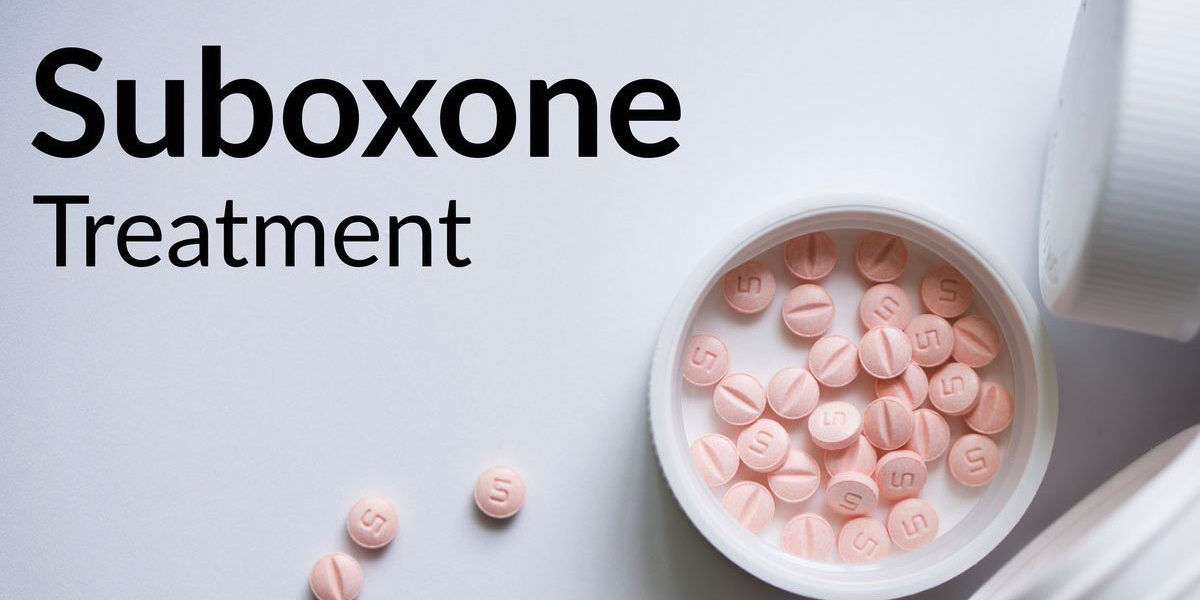Prior to you keep reading, we thought you might like to download our 3 Positive CBT Exercises for totally free. These science-based exercises will supply you with a detailed insight into Favorable CBT and will give you the tools to apply it in your treatment or coaching. You can download the complimentary PDF.
A treatment strategy will consist of the patient or client's individual info, the medical diagnosis (or medical diagnoses, as is typically the case with mental disorder), a general overview of the treatment recommended, and space to determine outcomes as the client advances through treatment. A treatment strategy does lots of things, the most essential of which include: Defining the problem or disorder Describing the treatment prescribed by the health/mental health professional Setting a timeline for treatment development( whether it's a vague timeline or includes particular turning points) Identifying the significant treatment goals Noting crucial milestones and objectives This documents of the most crucial components of treatment helps the therapist and client remain on the exact same page, provides a chance for discussion of the treatment as planned, and can function as a reminder and inspirational tool. While people in similar circumstances with comparable problems might have comparable treatment plans, it is very important to understand that each treatment strategy is special. There are often lots of various ways to deal with the exact same issue often there are dozens of various paths that treatment might take! No 2 treatment plans will be precisely the very same, because no 2 people's experiences are precisely the exact same. As kept in mind previously, all treatment strategies are various they are distinct items of the discussions in between a therapist and client, the therapist's scientific understanding, and the customer's shared experience. Even in identical diagnoses in comparable individuals, differences are bound to manifest in any or all of the following elements: History and Demographics customer's psychosocial history, history of the symptoms, any past treatment information Assessment/Diagnosis the therapist or clinician's diagnosis of the client's psychological health concerns, and any previous medical diagnoses will likewise be kept in mind Providing Concerns the problems try this web-site or signs that at first brought the client in Treatment Contract the contract in between the therapist and customer that summarizes the goals of treatment Duty an area on who is accountable for which elements of treatment (customer will be accountable for many, the therapist for others )Strengths the strengths and resources the customer gives treatment( can include family assistance, character strengths, material support, and so on) Treatment Goals the" foundation" of the plan, which must specify, reasonable, customized for the client, and quantifiable Goals objectives are the bigger, more broad results the therapist and client are working for, over at this website while numerous goals comprise each goal; they are small, attainable actions that make up a goal Technique, Frequency, and Targets various techniques are often used to various goals, needing a strategy that sets methods, a frequency of sessions, anticipated conclusion date, and so on, with the respective objective Interventions the methods, workouts, interventions, and so on, that will be used in order to pursue each goal Progress/Outcomes a good treatment plan must include area for tracking development towards goals and objectives( Great Therapy, 2016) The therapist and customer will work together to get this information down on paper, with the therapist contributing his/her knowledge in treatments and treatment results, and the customer contributing competence in his/her own life and experiences. These advantages include: Treatment strategies provide a guide to treatment for both the therapist and client. Treatment plans can minimize the risk of scams, waste, abuse, and the possible to cause unintended harm to customers. Treatment strategies facilitate simple and efficient billing because all services rendered are recorded. Treatment plans can assist smooth any prospective bumps in treatment, particularly if a customer needs a kind of treatment the main therapist can not offer( e.g., a certain type of intervention or a prescription for medication) or need to see a brand-new therapist for some other reason (e.g., if the customer or therapist has actually moved, or the therapist is on extended leave, Great Treatment, 2016). Treatment strategies are not necessarily needed to provide or get successful treatment, but they can be very handy in facilitating a smooth and problem-free treatment experience. Goals and objectives will vary tremendously from someone to the next, specifically those dealing with extremely different issues. If you or your client is dedicated to alter however isn't rather sure where to begin, this link of potential objectives can spark a beneficial conversation about where to go from here. For instance, a common objective for those struggling with https://elliotadcn715.shutterfly.com/35 drug abuse may be to give up using their drug of choice or alcohol, while a client having problem with anxiety might set an objective to reduce their suicidal ideas. In basic, these goals should be.


reasonable they need to be reasonable, given the client's basic experience and hopes for the future (which of the following is the most common pharmacological treatment for addiction?). For instance, a goal for a private with severe stress and anxiety might be to take 10 steps outside their front door. The next goal might be to make it to the community market, or approximately 30 actions outside their front door. Fulfilling each objective will ultimately lead you to meet the objective.